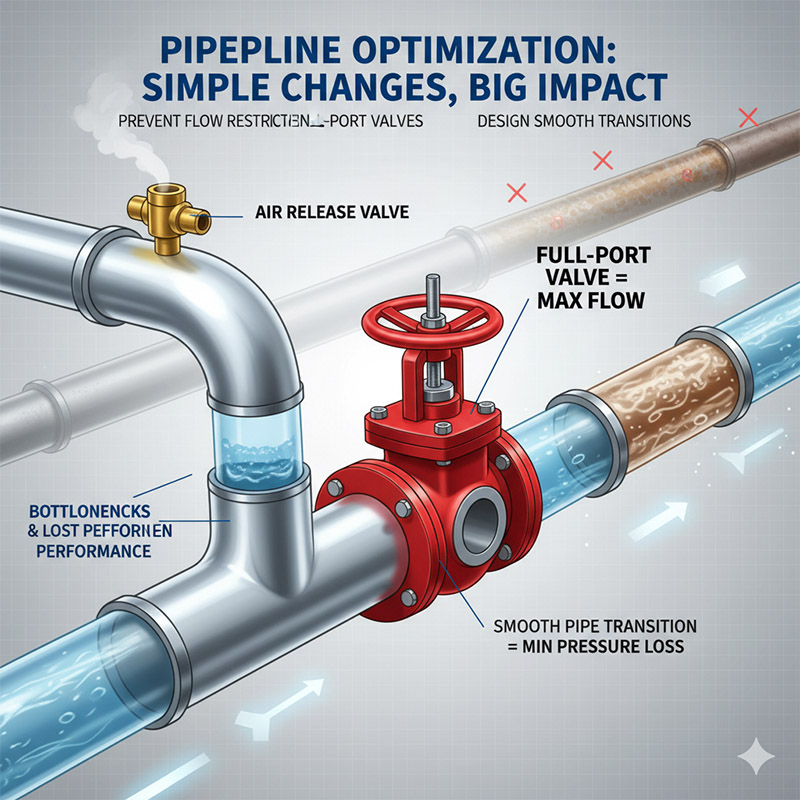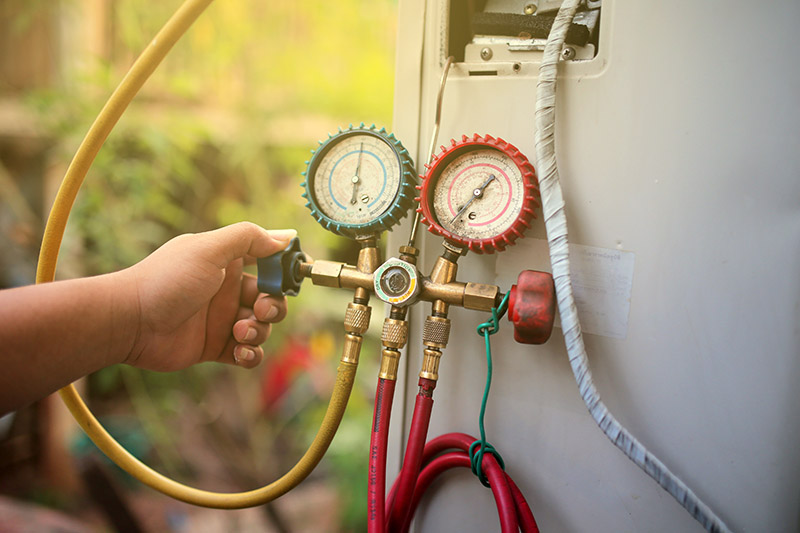From Material to Final Test: How Do We Guarantee Every Valve Performs?
Have you ever had a component fail in the field, forcing you to question the quality of your entire supply chain? It’s a frustrating and costly problem.
A valve's performance isn't a matter of luck; it's the result of a rigorous, multi-stage quality control process that begins long before assembly and ends with functional, real-world testing.
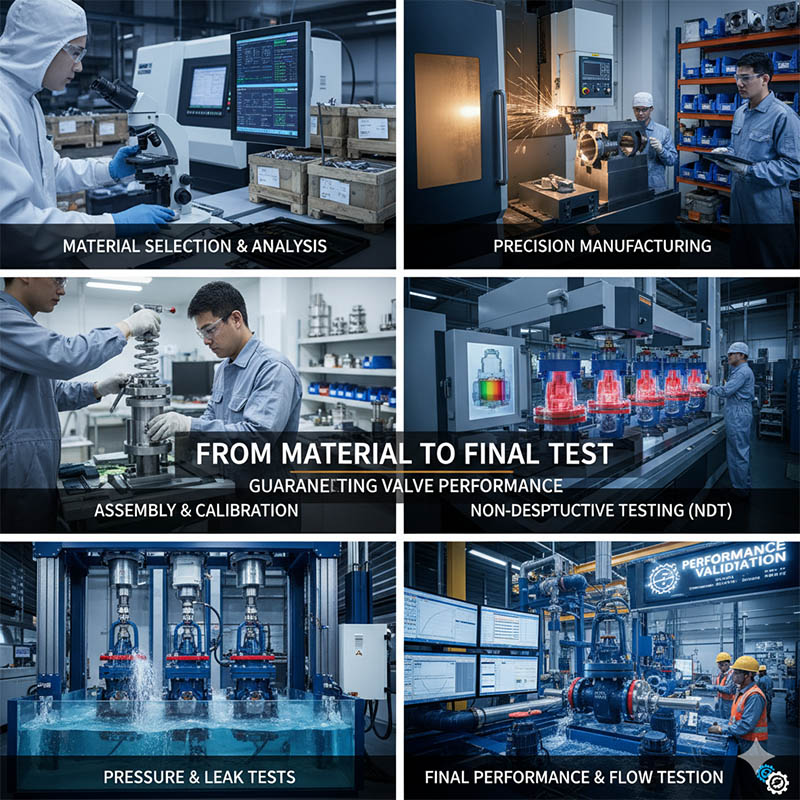
I remember a close call we had a few years ago that really cemented this philosophy for me. We received a large shipment of C360 brass bar stock from a new mill. It looked perfect, the paperwork was in order, and it was ready to be machined into thousands of fittings for a client in the medical gas industry. But our internal process dictates that we test every single batch of raw material, no exceptions. Our quality technician ran a sample under our XRF spectrometer, and his eyes went wide. The zinc content was off—just by a few percent, but enough to make it a different, weaker alloy. Rejecting that batch was costly for us, but it saved our client from a potential recall that would have been a disaster for their reputation. That day reinforced a core belief: you don't assume quality, you build and verify it at every single step.
How Do We Stop Bad Material Before It Ever Becomes a Valve?
You specified 316 stainless for its corrosion resistance, but the parts are rusting in the field. The supplier insists they used the right material, but you have no proof.
We eliminate this risk by treating material sourcing like a science experiment. Every batch of raw metal is quarantined and tested with an XRF spectrometer to verify its exact chemical composition against the mill's test report.
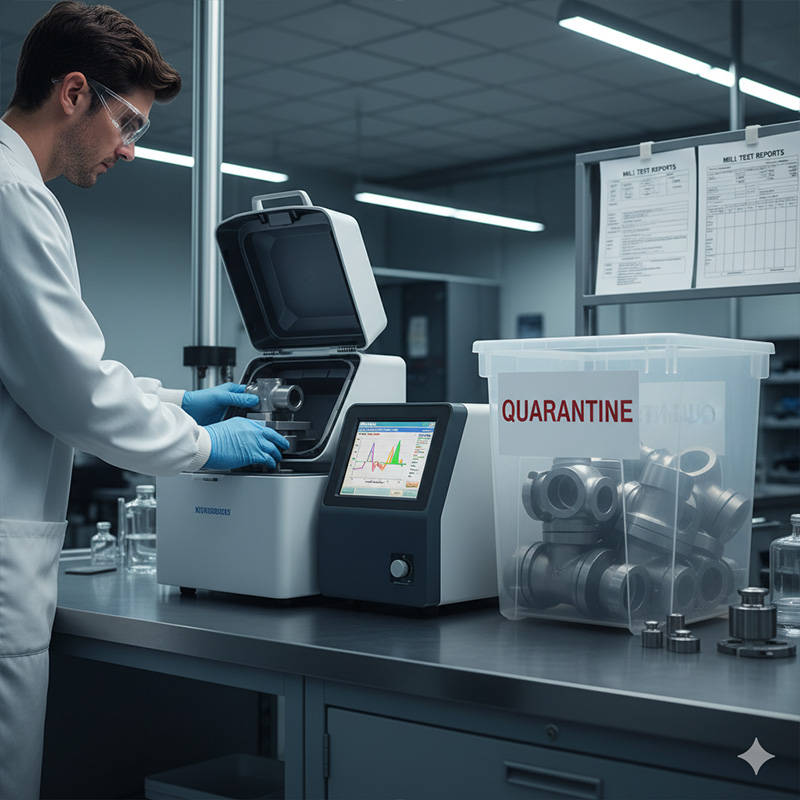
For a designer like you, Jacky, the material spec on your drawing is a command, not a suggestion. We treat it the same way. The foundation of a good valve is, without question, the correct raw material. A supplier simply trusting the certificate that comes from a metal mill is not enough. We operate on a "trust, but verify" model. When a shipment of raw bar stock arrives, a sample is immediately taken to our quality lab. We use an X-ray fluorescence (XRF) gun, which is a handheld device that tells us the exact elemental makeup of the metal in seconds. We compare this real-world data to the Material Test Report (MTR) provided by the mill. If the numbers don't match perfectly—even by a fraction of a percent—the entire batch is rejected. This single step prevents the wrong alloys from ever entering our production flow.
Material Sourcing: Our Verification Process
| Step | Traditional Sourcing (The Gamble) | Verified Sourcing (Our Method) |
|---|---|---|
| Receipt | Accepts material based on paperwork. | Quarantines material upon arrival. |
| Verification | Assumes the Mill Test Report (MTR) is accurate. | Cross-references MTR with live XRF spectrometer test. |
| Acceptance | Material goes directly to production. | Material is only released if XRF data matches MTR. |
Why Does a Perfect Drawing Mean Nothing Without Process Control?
Your parts look identical, but some seal perfectly while others have slow leaks. This inconsistency is maddening and impossible to predict, causing random failures in your final product.
This is a failure of process, not design. We solve this by fanatically controlling the machining process itself, using Statistical Process Control (SPC) and regular CMM checks to ensure the first part is identical to the last.

You spend days perfecting a CAD model, defining every tolerance to the micron. That effort is wasted if the manufacturer can't replicate it perfectly, thousands of times. Simply checking the final part isn't enough; by then, the mistake has already been made. Quality must be built in during machining. This is where process control becomes our obsession. For any critical dimension—like the sphericity of a ball or the surface finish of a sealing face—we establish control limits. We use automated tools like Coordinate Measuring Machines (CMMs) to randomly pull parts directly from the CNC machine and measure hundreds of points. The CMM compares this data to your original CAD model. If we see any trend of a dimension "drifting" even slightly, we stop the machine and adjust it before it ever produces a bad part. This proactive method is how we guarantee consistency across an entire production run.
Ensuring Machining Precision
| Control Method | What It Does | Why It's Critical |
|---|---|---|
| First-Off Inspection | The very first part off a new setup is exhaustively measured. | Confirms the CNC program and tooling are perfect before mass production. |
| In-Process SPC | Parts are measured at regular intervals during the run. | Catches tool wear or machine drift before it causes defects. |
| Final CMM Audit | A final random sample is verified against the CAD model. | Provides a final, documented certificate of dimensional conformance. |
Is a Valve Truly Finished Before It Survives Being Pushed Past Its Limit?
You install a brand-new valve that passed visual inspection, but it weeps fluid from the stem packing or the body seals as soon as the system is pressurized.
A valve isn't just parts; it's a pressure-holding system. We ensure its integrity by subjecting every single valve to a two-part hydrostatic and pneumatic pressure test that is far more demanding than its real-world service.
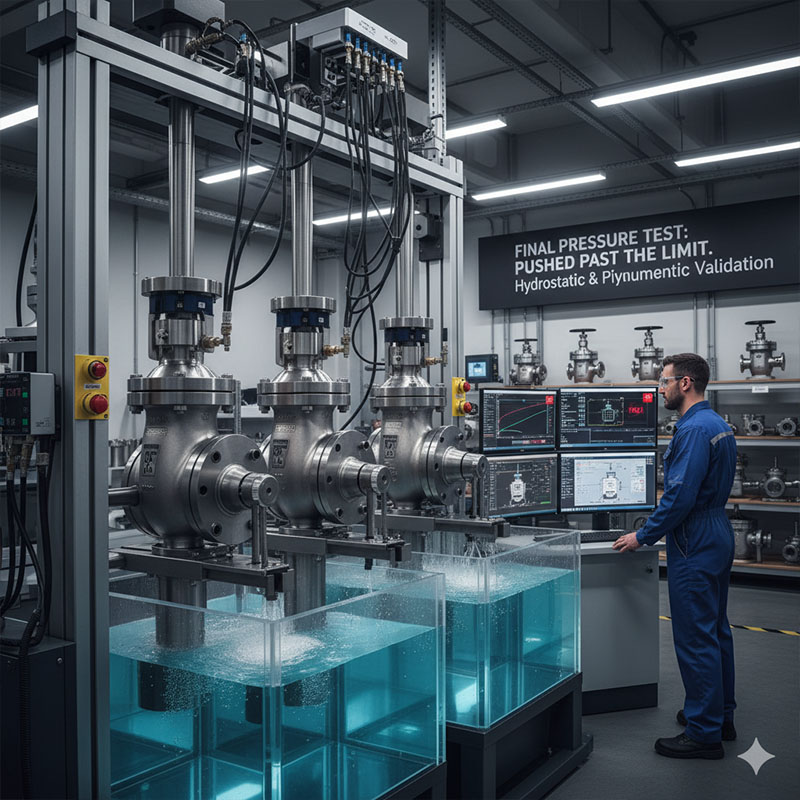
After a valve is carefully assembled, it might look finished, but in my eyes, it's still just a fragile assembly of parts. The final, and most crucial, step is the proof test. This is where we confirm that all those perfectly machined components work together as a single, leak-proof unit. Every valve that leaves our facility goes through this non-negotiable process. First is the hydrostatic shell test. We seal the valve and fill it with water, pressurizing it to 1.5 times its maximum rated working pressure. We hold this pressure and look for any drops, which would indicate a leak in the body itself. Next is the pneumatic seat test. With the valve closed, we apply high-pressure air to one side and submerge the other side in water. We are looking for zero bubbles. A single bubble is a failure. This two-phase test guarantees the valve is both structurally sound and provides a perfect seal.
The Two-Part Final Proof Test
| Test Type | Purpose | Method | Pass/Fail Criteria |
|---|---|---|---|
| Hydrostatic Shell Test | Ensures body integrity and safety. | Fill with water to 1.5x working pressure. | No visible leaks or pressure drop. |
| Pneumatic Seat Test | Confirms leak-proof shutoff. | Apply air pressure to one side of the closed valve. | Zero air bubbles from the outlet side. |
Conclusion
True performance is engineered. By verifying material, controlling the process, and proving the result through testing, we ensure every valve isn't just built to spec, but built to last.





